AUD/JPY, NZD/JPY and, CAD/JPY are the clear winners for the day on easing risk aversion. These three pairs are in the top 10 movers across time frames. But which one pair is the better one to go long?
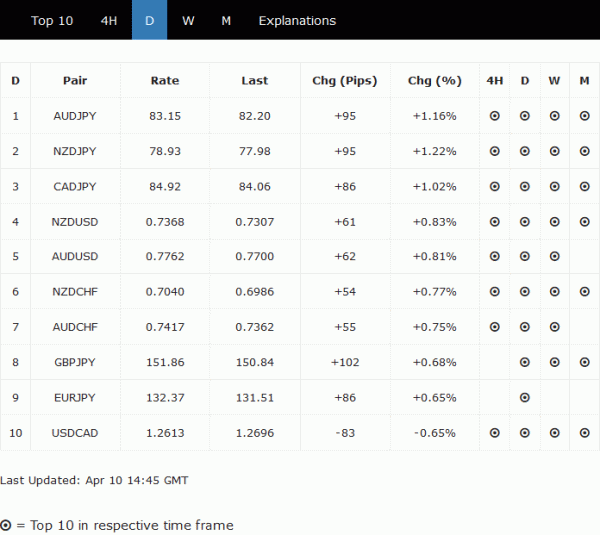 Let’s take a look at respective Action Bias.
Let’s take a look at respective Action Bias.
A quick glance at AUD/CAD. The cross is clearly in persistent downside D action bias table. And there is no sign of a turn in both 6H and H action bias. This is consistent with smooth decline as seen in the D action bias chart.
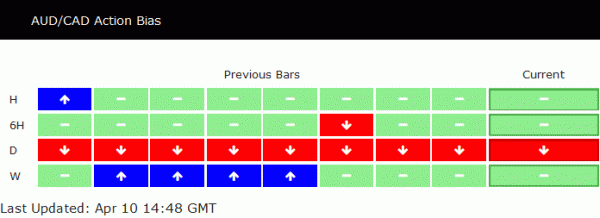
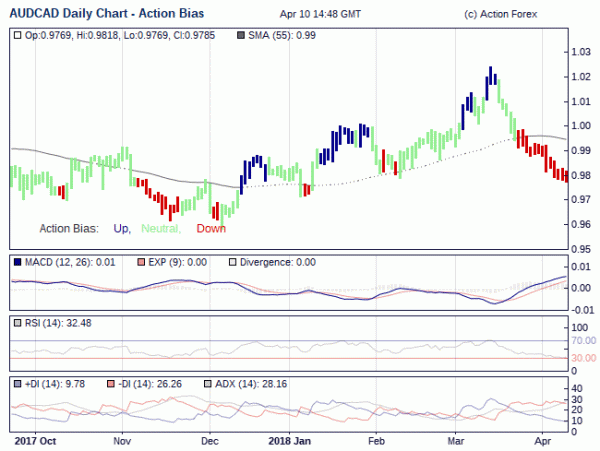 The action bias table of AUD/NZD looks even worse with downside biases seen all over the place across 6H, D and W time frame. H neutral action bias suggests the decline might be slowing temporarily. But there is no sign of a reversal. This could also be reflected in the D action bias chart too, that the cross is in a clear down trend.
The action bias table of AUD/NZD looks even worse with downside biases seen all over the place across 6H, D and W time frame. H neutral action bias suggests the decline might be slowing temporarily. But there is no sign of a reversal. This could also be reflected in the D action bias chart too, that the cross is in a clear down trend.
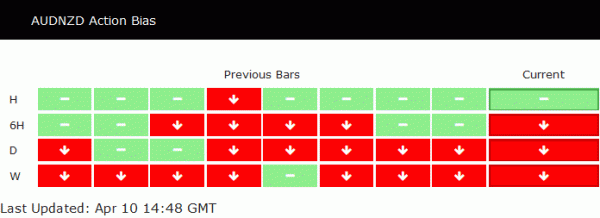
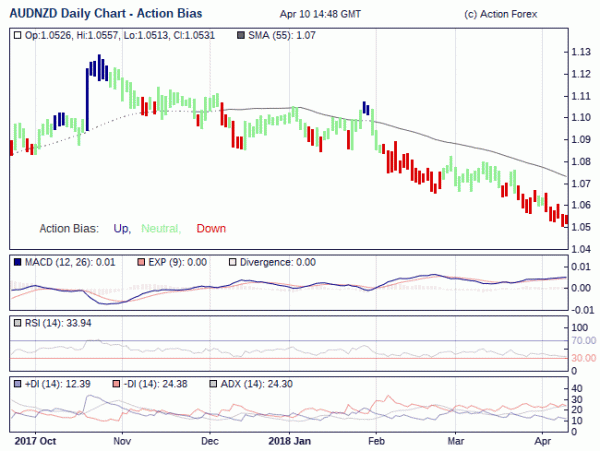 So, while AUD/JPY is the top mover for today, it seems that NZD/JPY and CAD/JPY will have a better advantage.
So, while AUD/JPY is the top mover for today, it seems that NZD/JPY and CAD/JPY will have a better advantage.
How about NZD/CAD? The action bias table shows it’s having persistent blue bars in W time frame and persistent red bars in D time frame. But red bars of downside bias are not apparent in 6H and H time frames. Looking at the D chart, NZD/CAD has been in a solid up trend since December, but turned into correction/consolidation since mid March.
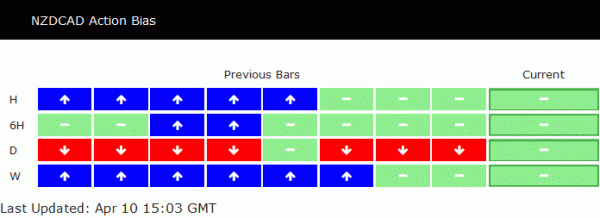
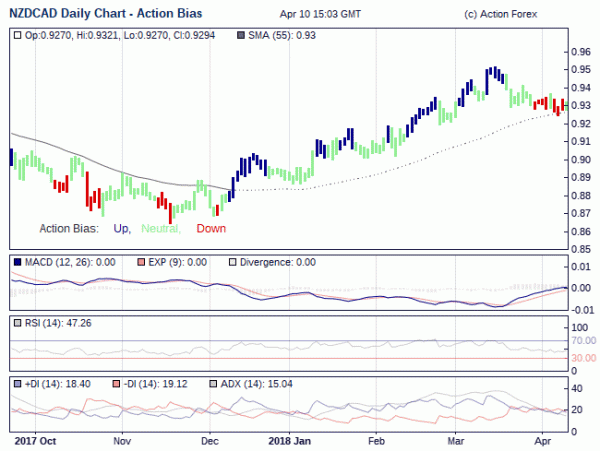 So, for quick intraday trade, there is not much difference between NZD/JPY and CAD/JPY. But for position trading, NZD/JPY is slightly preferred as our choice to go long.
So, for quick intraday trade, there is not much difference between NZD/JPY and CAD/JPY. But for position trading, NZD/JPY is slightly preferred as our choice to go long.
The NZD/JPY action bias table showed persistence upside bias blue bars in H and 6H time frame. This also pushes D action bias to upside side blue too. Taking into consideration that 78.61 resistance is taken out decisively today to confirm near term reversal. NZD/JPY presents long opportunity for 81.55 resistance in near term.
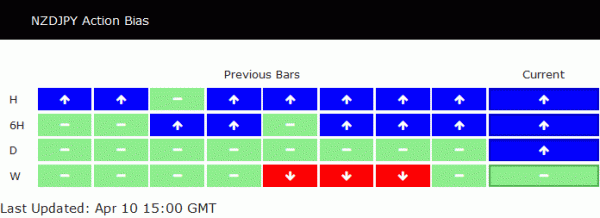
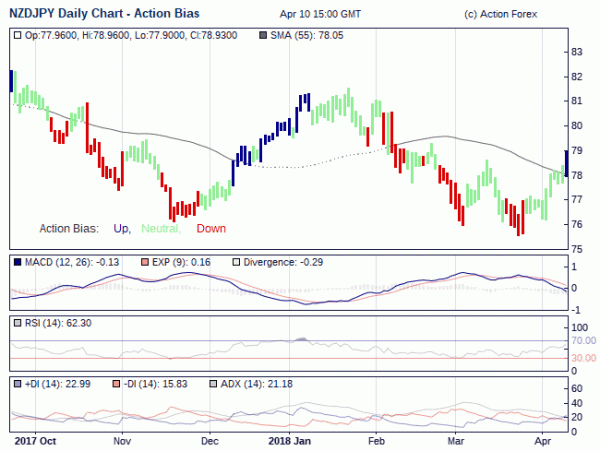




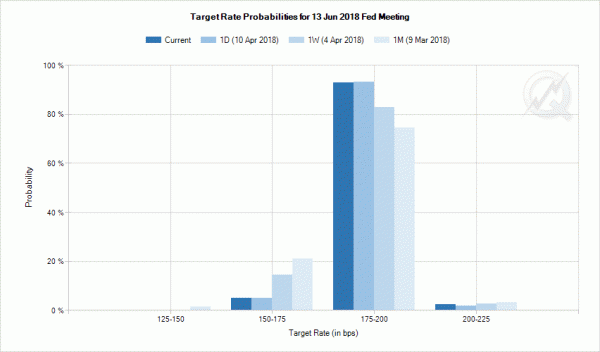
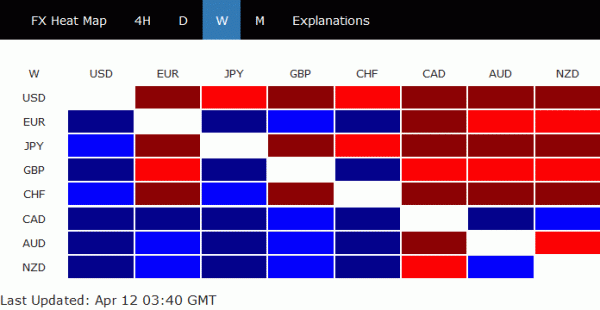
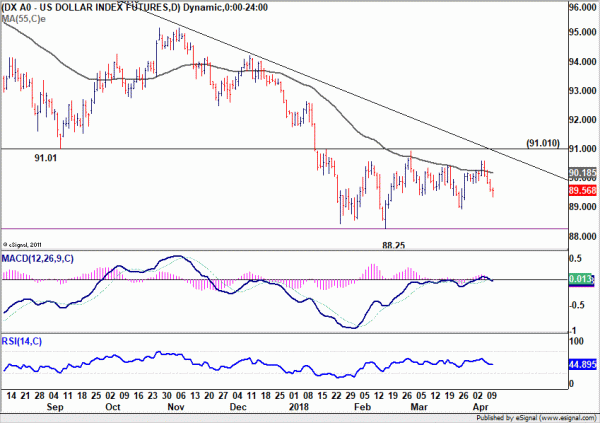
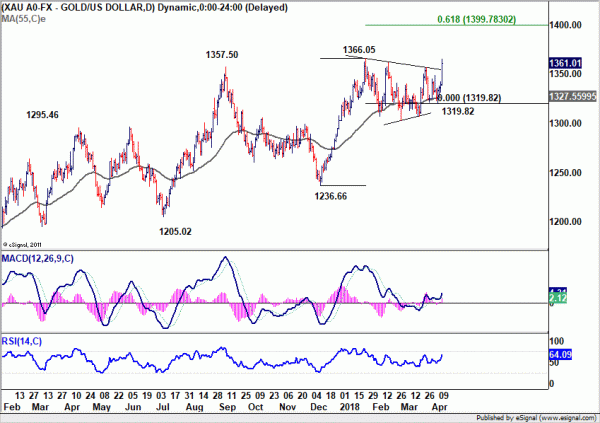
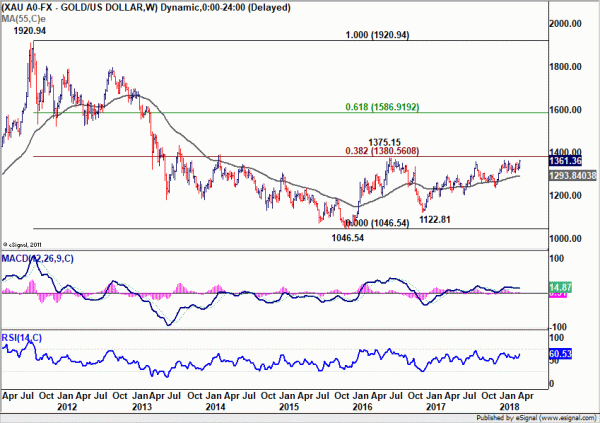
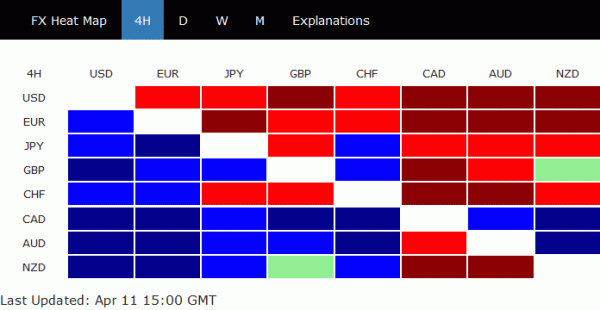
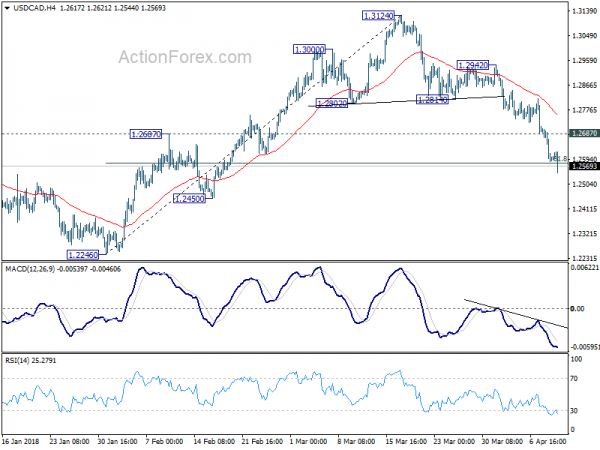
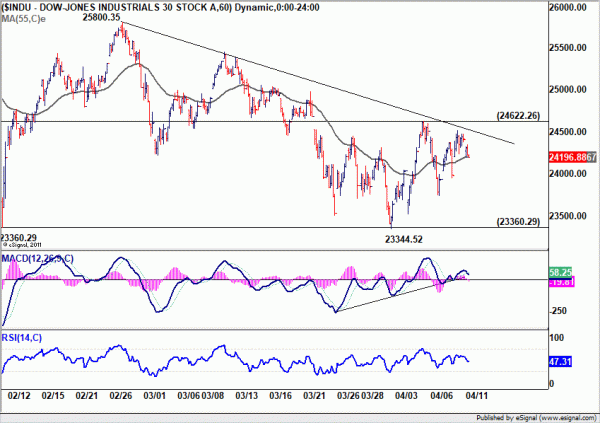
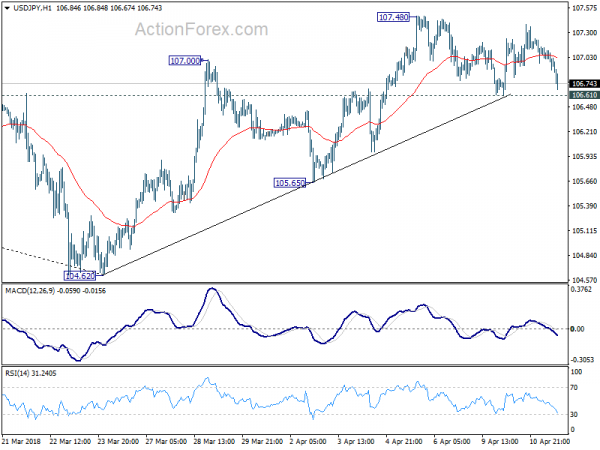
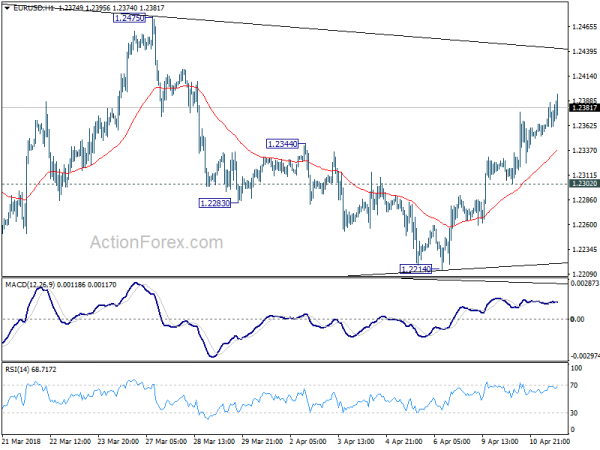
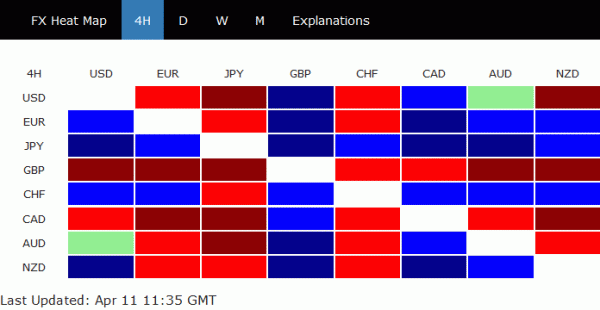
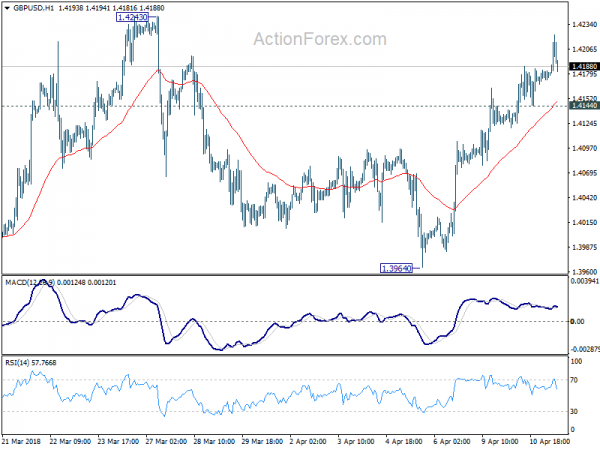
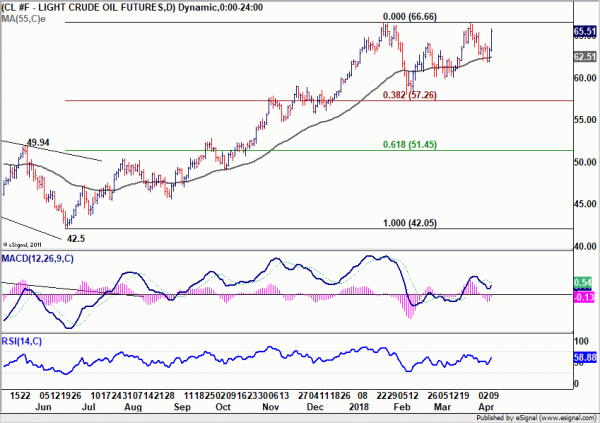
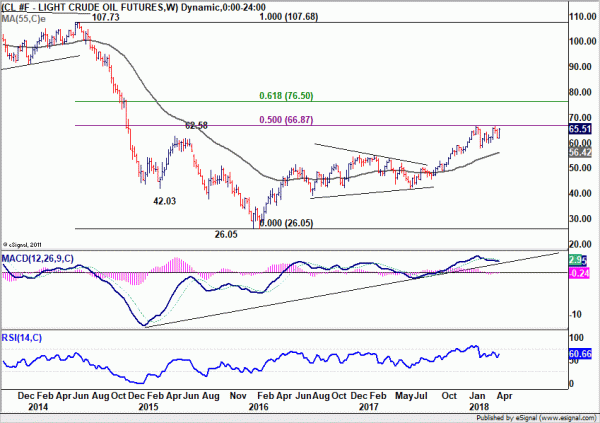
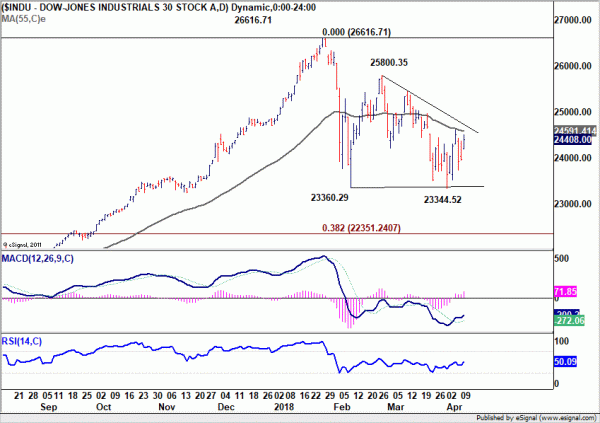
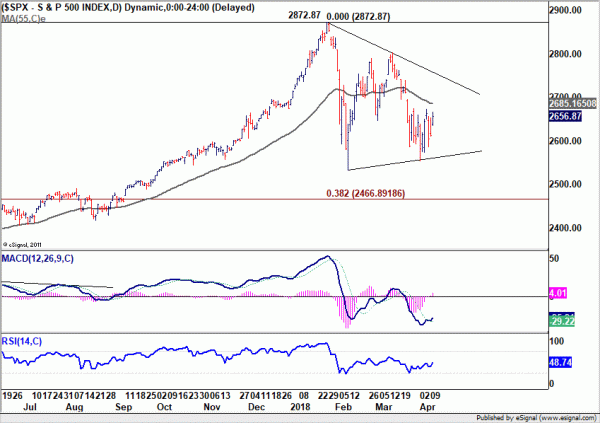
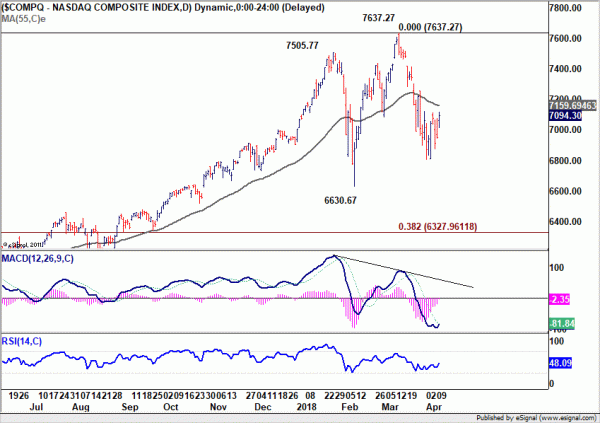









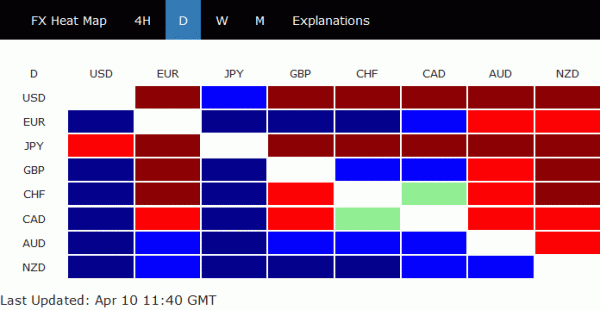
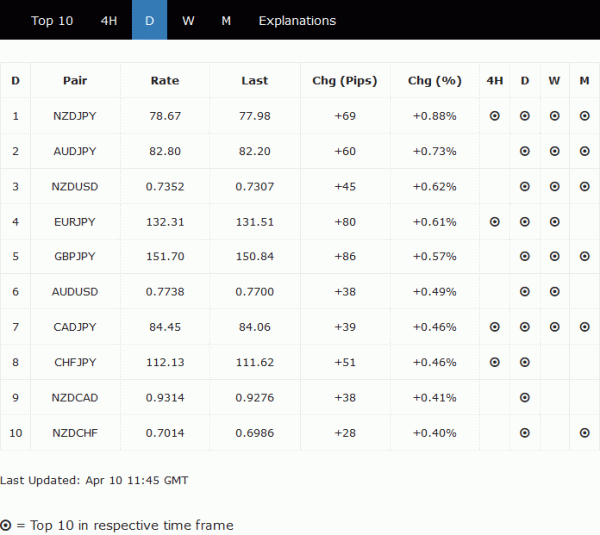
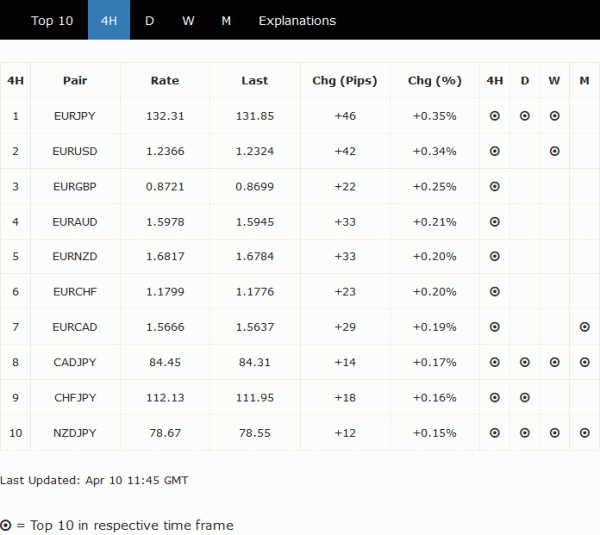

High-level NAFTA talks to continue as sideline of Summit of the Americas in Lima
High-level NAFTA negotiations will resume this week on the sidelines of the Summit of the Americas in Lima, Peru this weekend. U.S. Trade Representative Robert Lighthizer will be present in the occasion even though President Donald Trump cancelled is trip. Canadian Foreign Minister Chrystia Freeland and Mexican Economy Minister Ildefonso Guajardo will be there too.
It’s believed that Trump is still seeking to close the NAFTA deal quickly and offered a concession regarding car contents. The timing is important as securing the deal by May should meet all the necessary deadlines to have the revised NAFTA agreement approved by Republican-controlled Congress, before mid-term elections. Another key milestone is Mexican elections on July 1.